Palace of Transportation: Difference between revisions
No edit summary |
No edit summary |
||
| Line 22: | Line 22: | ||
| other = | | other = | ||
}} | }} | ||
[[File:Transportation - Brazilian Exhibit.jpg]] |First Post office | |||
[[File:Transportation - Carriage Exhibit.jpg ]]| Mailing Room | |||
[[File:Transportation - First Engine.jpg]] | Stationary Room | |||
[[File:Transportation - 20k Steam Launch.jpg]] |First Post office | |||
[[File:Transportation - Automobile Exhibition.jpg]] | Mailing Room | |||
[[File:Transportation - Early Engine.jpg]] | Stationary Room | |||
[[File:Transportation - First Coach Train 1831.jpg]] |First Post office | |||
[[File:Transportation - Foreign Automobiles.jpg]] | Mailing Room | |||
[[File:Transportation - German 100 mph.jpg]] | Stationary Room | |||
[[File:Transportation - History of the Engine.jpg]] |First Post office | |||
[[File:Transportation - Northwest Pioneer.jpg]] | Mailing Room | |||
[[File:Transportation - Northwestern Military.jpg]] | Stationary Room | |||
[[File:Transportation - Russian Booth Westinghouse.jpg]] |First Post office | |||
[[File:Transportation - Section of Tunnel.jpg]] | Mailing Room | |||
[[File:Transportation - Ways of Transportation.jpg]] | Stationary Room | |||
With an obvious train station vibe, the Palace of Transportation stood west of the [[Palace of Varied Industries]] and north of the [[Palace of Machinery]] as part of the [[Main Picture]]. | With an obvious train station vibe, the '''Palace of Transportation''' stood west of the [[Palace of Varied Industries]] and north of the [[Palace of Machinery]] as part of the [[Main Picture]]. | ||
==Description== | ==Description== | ||
Built by Chicago's H. W. Schlueter, the Transportation palace was one of the last of the colossal edifices to be constructed for the Fair, the immense building covered 15.6 acres. Sixty foot high entrance arches lead to east end 14 indoor railroad tracks which ran the entire span of the building. The palace marked the 100th anniversary of the invention of the steam locomotive. | Built by Chicago's H. W. Schlueter, the Transportation palace was one of the last of the colossal edifices to be constructed for the Fair, the immense building covered 15.6 acres. Sixty foot high entrance arches lead to east end 14 indoor railroad tracks which ran the entire span of the building. The palace marked the 100th anniversary of the invention of the steam locomotive. | ||
| Line 59: | Line 74: | ||
The United States featured many yachts, work boats of all types and a historical display of navigation along the Mississippi River. | The United States featured many yachts, work boats of all types and a historical display of navigation along the Mississippi River. | ||
Because President McKinley was assassinated in 1901, the Fair built a secure railroad line straight through Forest Park and into the Palace of Transportation. This route would allow President Theodore Roosevelt to access to the Fair (and a quick exit if trouble ensued). | Because President McKinley was assassinated in 1901, the Fair built a secure railroad line straight through Forest Park and into the Palace of Transportation. This route would allow President Theodore Roosevelt to access to the Fair (and a quick exit if trouble ensued). | ||
==Gallery== | |||
== | <gallery | class="center" | mode=packed-hover | widths=150px heights=150px>> | ||
File:Transportation - Brazilian Exhibit.jpg |First Post office | |||
File:Transportation - Carriage Exhibit.jpg | Mailing Room | |||
File:Transportation - First Engine.jpg | Stationary Room | |||
File:Transportation - 20k Steam Launch.jpg |First Post office | |||
File:Transportation - Automobile Exhibition.jpg | Mailing Room | |||
File:Transportation - Early Engine.jpg | Stationary Room | |||
File:Transportation - First Coach Train 1831.jpg |First Post office | |||
File:Transportation - Foreign Automobiles.jpg | Mailing Room | |||
File:Transportation - German 100 mph.jpg | Stationary Room | |||
File:Transportation - History of the Engine.jpg |First Post office | |||
File:Transportation - Northwest Pioneer.jpg | Mailing Room | |||
File:Transportation - Northwestern Military.jpg | Stationary Room | |||
File:Transportation - Russian Booth Westinghouse.jpg |First Post office | |||
File:Transportation - Section of Tunnel.jpg | Mailing Room | |||
File:Transportation - Ways of Transportation.jpg | Stationary Room | |||
</gallery> | |||
==See also== | ==See also== | ||
Revision as of 05:23, 1 December 2022
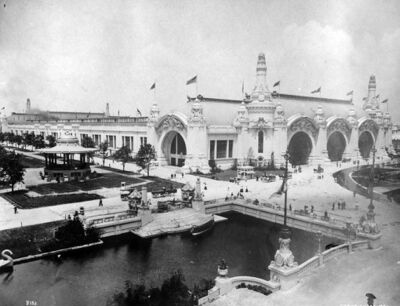 | |
| Location | Main Picture |
|---|---|
| No. of Buildings | 1 |
| Construction | |
| Construction Cost | $684,608 ($20.6 million in 2021) |
| Architecture | |
| Architect | E. L. Masqueray |
| Dimensions | 525' x 1,300' |
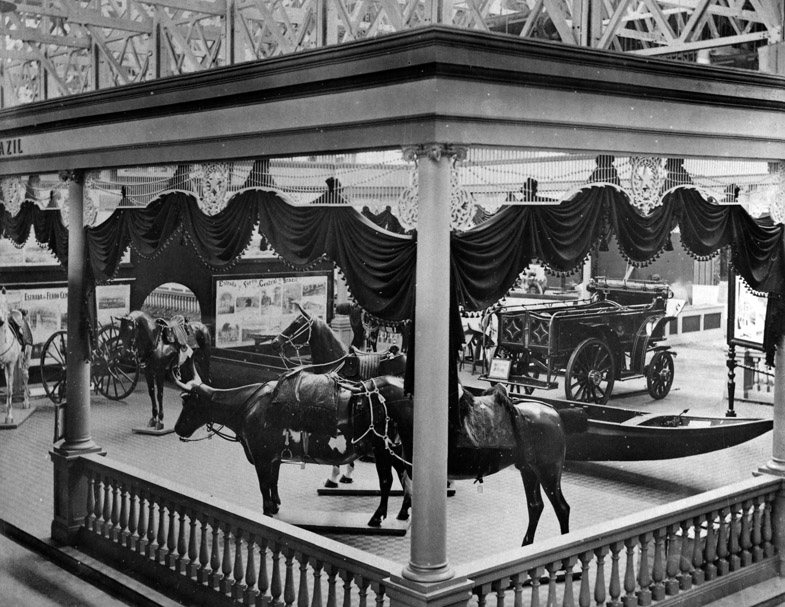 |First Post office
|First Post office
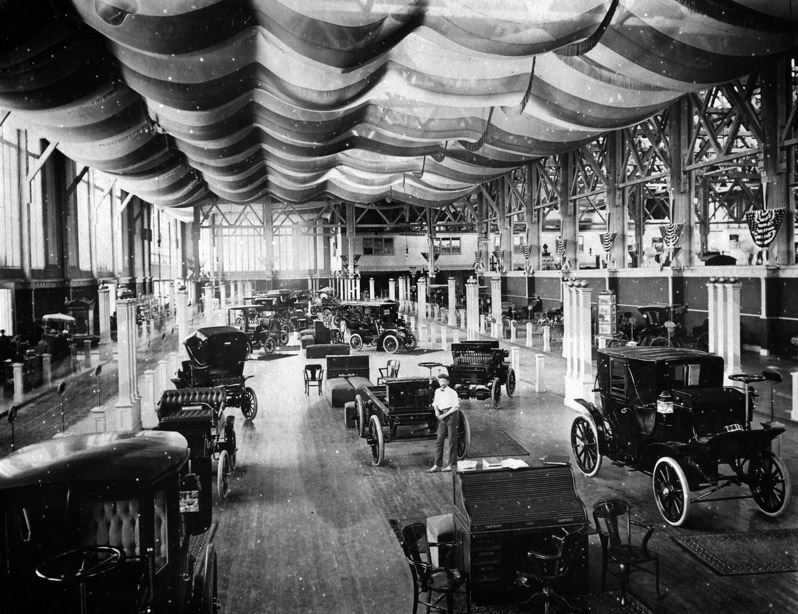 | Mailing Room
| Mailing Room
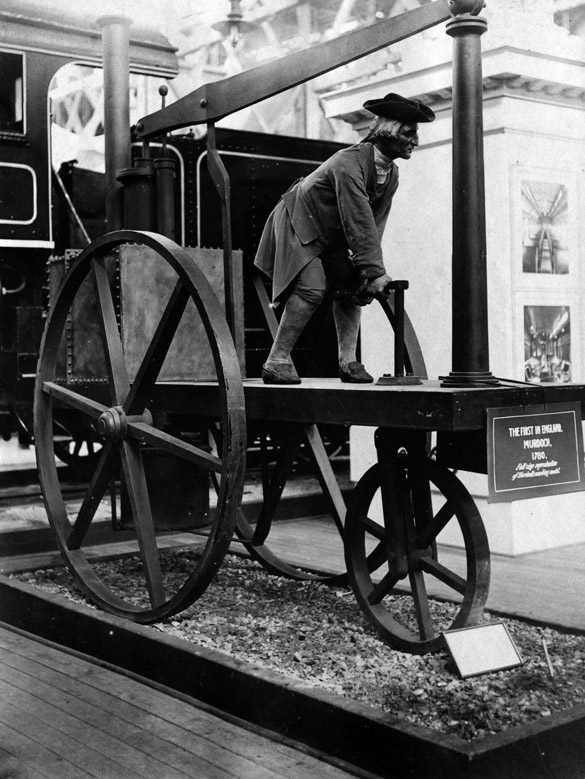 | Stationary Room
| Stationary Room
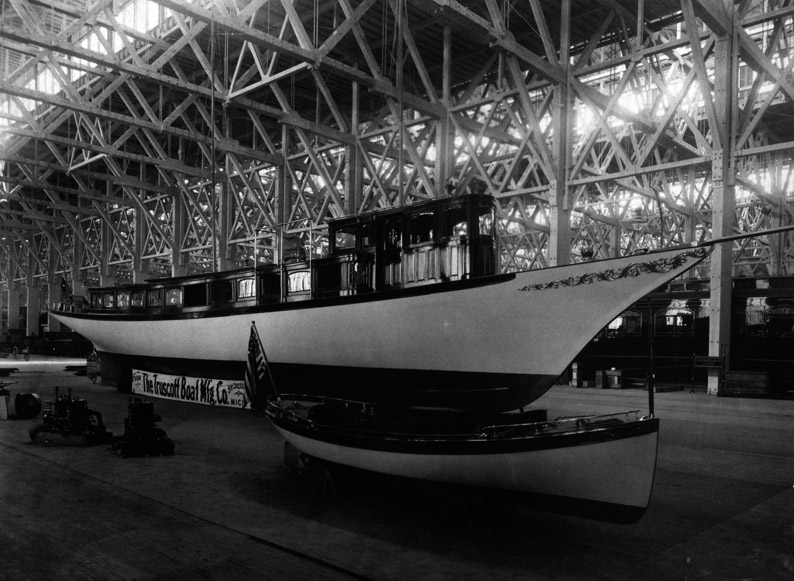 |First Post office
|First Post office
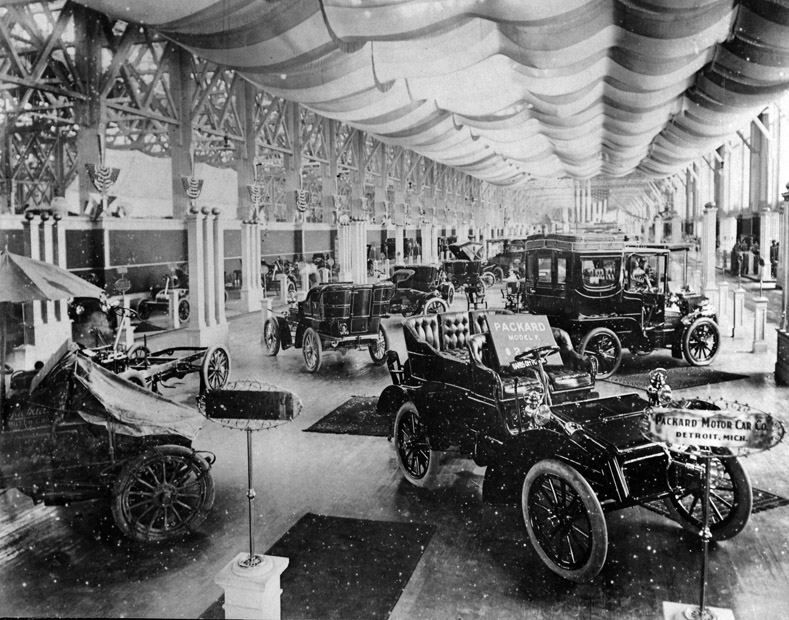 | Mailing Room
| Mailing Room
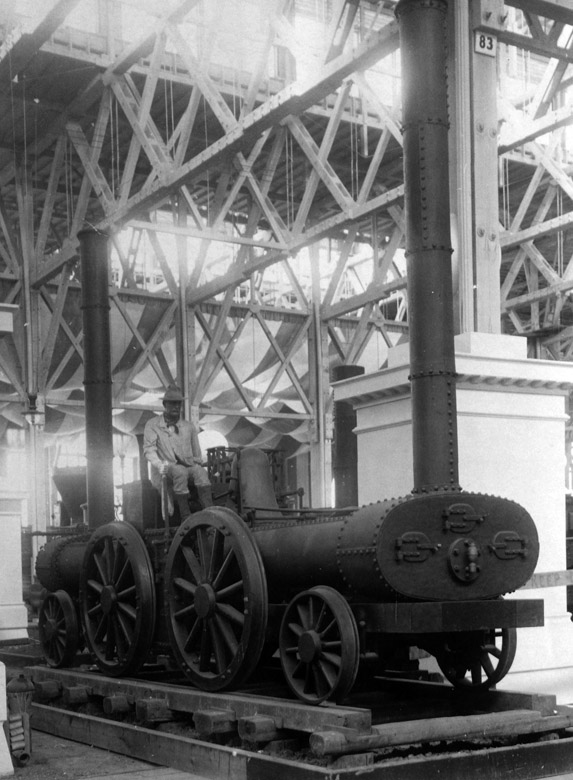 | Stationary Room
| Stationary Room
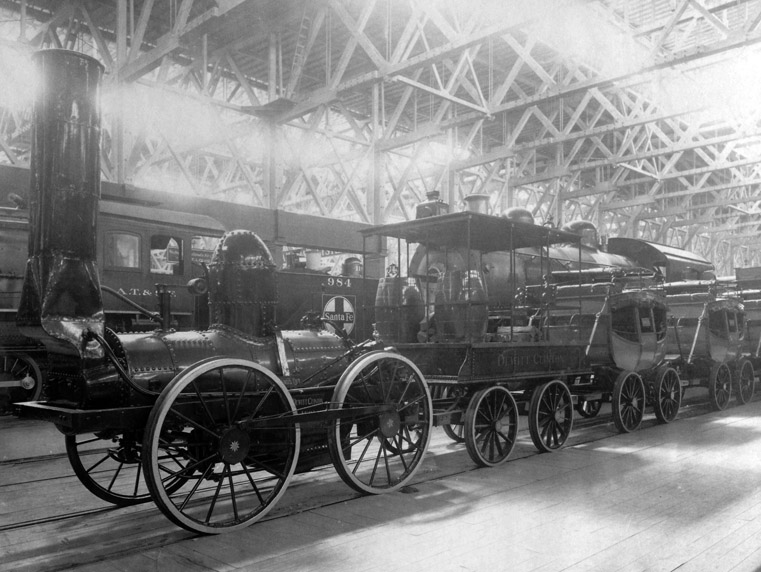 |First Post office
|First Post office
 | Mailing Room
| Mailing Room
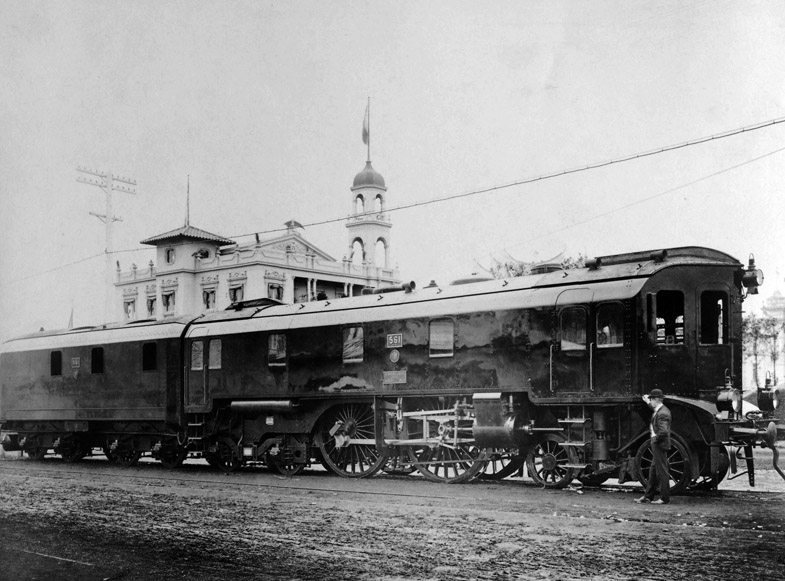 | Stationary Room
| Stationary Room
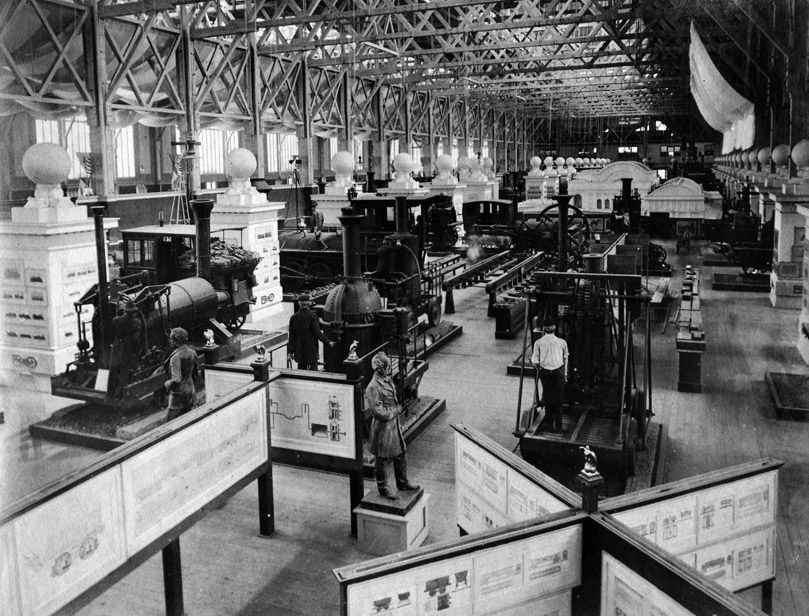 |First Post office
|First Post office
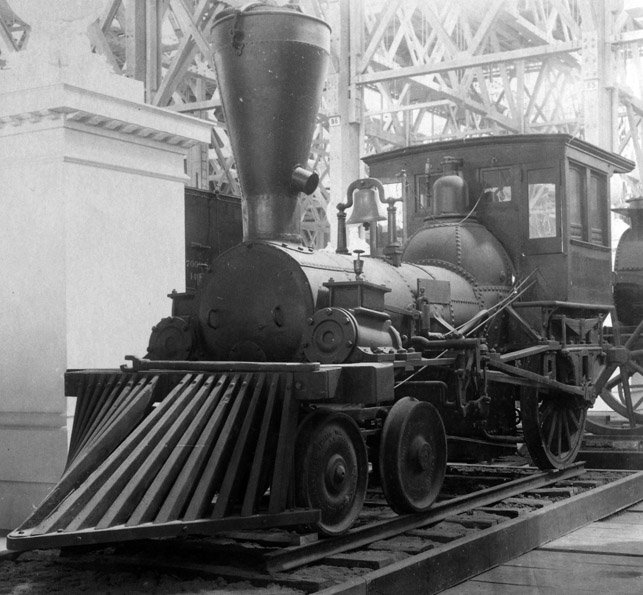 | Mailing Room
| Mailing Room
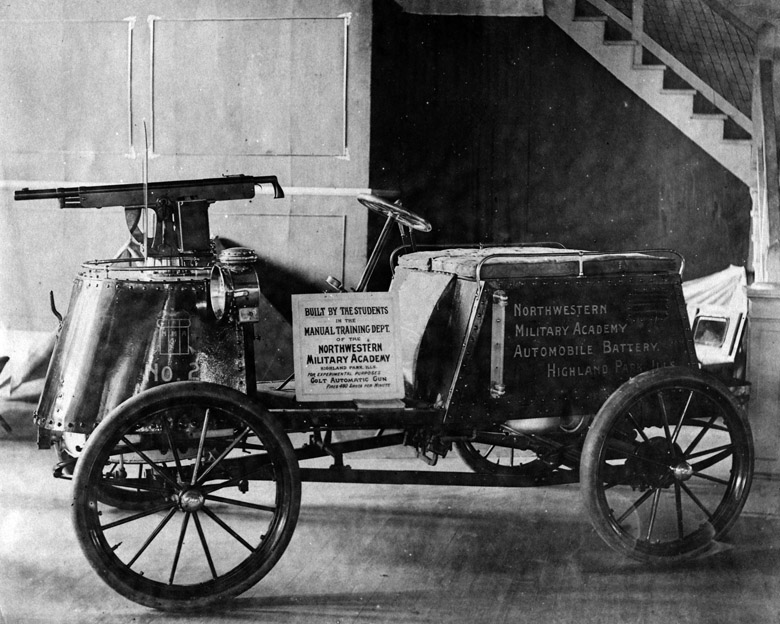 | Stationary Room
| Stationary Room
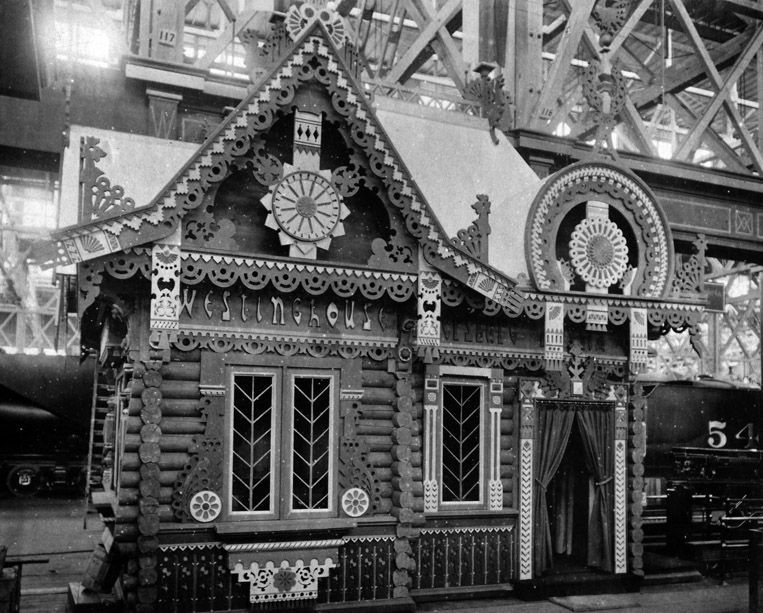 |First Post office
|First Post office
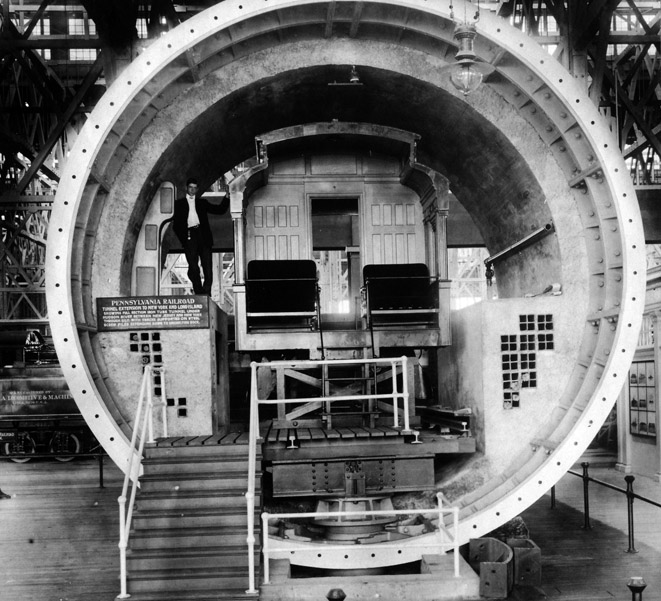 | Mailing Room
| Mailing Room
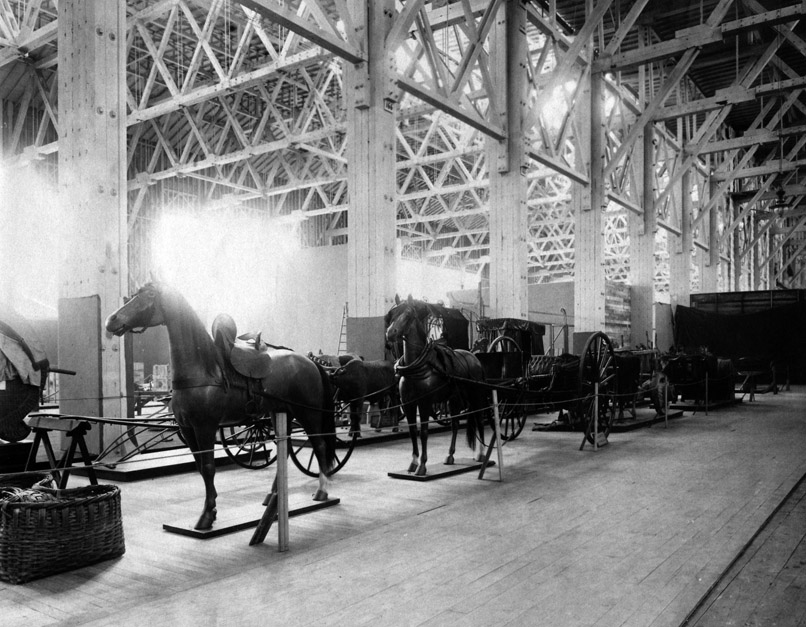 | Stationary Room
| Stationary Room
With an obvious train station vibe, the Palace of Transportation stood west of the Palace of Varied Industries and north of the Palace of Machinery as part of the Main Picture.
Description
Built by Chicago's H. W. Schlueter, the Transportation palace was one of the last of the colossal edifices to be constructed for the Fair, the immense building covered 15.6 acres. Sixty foot high entrance arches lead to east end 14 indoor railroad tracks which ran the entire span of the building. The palace marked the 100th anniversary of the invention of the steam locomotive.
The major theme for the Palace of Transportation (as with the entire Fair), was Life and Motion.

The centerpiece exhibit of the grand palace was the American Locomotive Company's display of a 160 ton engine and coal car. Mounted on a massive revolving turnstile, it was named The Spirit of St. Louis.
Inside, the palace harbored an enormous mixture of historical and state of the art forms of transportation. The displays varied from the time of the stage coach to the era of the 'modern' car, varying from the simple to the palatial.
Chief of the Department of Transportation, Willard A. Smith wrote "Transportation is the life of modern civilization." The Department gave the Fair 200,000 dollars to develop and demonstrate aviation at the Exposition. The palace displayed a multitude of the latest means of travel. Though the automobile was still in its infancy, there were 160 on display and even to purchase. Fairgoers could view the latest trains and water craft. The American Street Flushing Machine Company showcased their street cleaning machines and fairgoers could marvel at sections of tunnel, steamships, gliders, motorboats and aviation. The Pennsylvania Railroad displayed a huge detailed 'model' of New York Central Station, while other models of stations from St. Louis and Washington DC were shown.
Locomotive Testing

In the western end of the building, the Pennsylvania Railroad Company, The Pennsylvania Lines West of Pittsburg supplied a laboratory for testing the efficiency of locomotives. Supervised by F. D. Casanave, the array of tests were extensive, the results were calculated in a 'computing room' to keep pace with the development of observed data in the laboratory. The data was presented in three different relations:
1. The performance of the locomotive as a whole, under which relation general comparisons will be based on work developed at the drawbar.
2. The performance of the boiler.
3. The performance of the engines.
Notable Displays
San Francisco brought in the first street car (1873), ever used.
Hayes-Apperson displayed the first ever gasoline-run automobile (1893). Young companies: Ford, Studebaker, Rambler and Oldsmobile all has displays. France, the world's leading manufacturer of automobiles at the time had an exhibit that almost exclusively devoted to them. Fulton and Walker Company displayed a number of ambulances, while fairgoers could view the latest in hearses. The John Deere Plow Company displayed the latest buggies.
As a bizarre oddity, one company displayed a dried but still pungent leather skin of 'Rajah', the famous elephant from Ringling Brothers Circus. In 1900, the elephant contracted a disease called musth and killed seven men. The beast was too powerful to be killed by poison and guns, so they dynamited the animal. Besides the hide, a display depicting the history of Rajah in pictures brought in a multitude of the curious.
Another display was Dr. Bircher's War Museum, from Aarau Switzerland, whose relief maps full illustrated all the American wars.
The United States featured many yachts, work boats of all types and a historical display of navigation along the Mississippi River.
Because President McKinley was assassinated in 1901, the Fair built a secure railroad line straight through Forest Park and into the Palace of Transportation. This route would allow President Theodore Roosevelt to access to the Fair (and a quick exit if trouble ensued).
Gallery
-
First Post office
-
Mailing Room
-
Stationary Room
-
First Post office
-
Mailing Room
-
Stationary Room
-
First Post office
-
Mailing Room
-
Stationary Room
-
First Post office
-
Mailing Room
-
Stationary Room
-
First Post office
-
Mailing Room
-
Stationary Room















